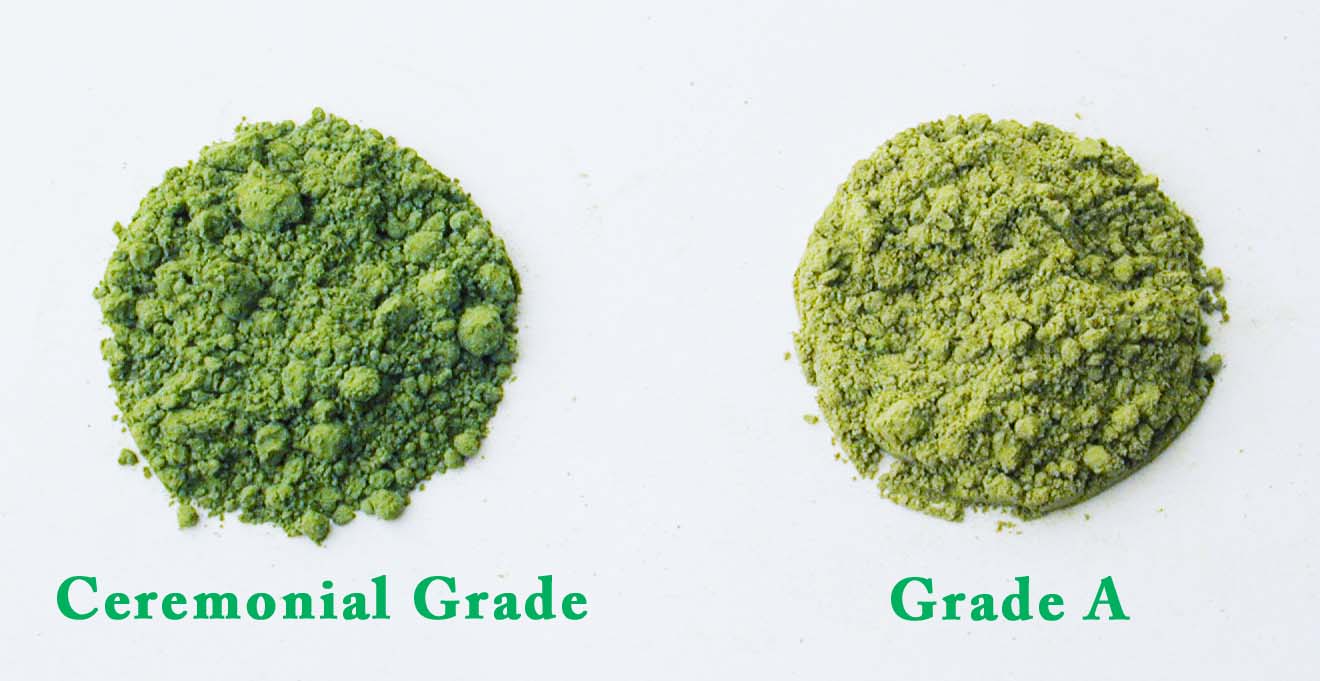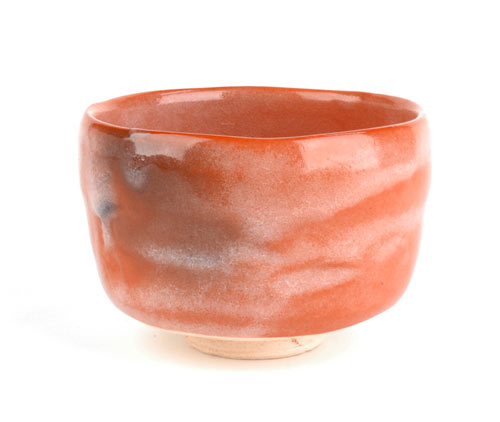This Bing Cha factory video is from one of our sourcing trips in the early, start-up years as a tea company when we were auditing new suppliers. It is a visual landscape from a tea factory near Menghai in Southern Yunnan specializing in making round tea cakes (Bingcha). The visuals include the sun drying of the cakes and also on indoor wooden racks. In shaping the cakes, the leaves are first steamed and then put into cloth sacks and finally molded with stone weights.
Tea Profiles
Darjeeling First Flush Visit by Veerinder
Darjeeling First Flush. Veerinder, Founder, The Tao of Tea visits the oldest tea factory of the region to select his micro lot of the new season. The tea garden is at the edge of India and Nepal. Located in the Mirik valley of Darjeeling, the estate is nestled on the banks of the river Mechi, at an altitude ranging from 1770 mtrs to 2360 mtrs. Okayti tea estate is spread across 608 hectares. The garden was first planted in 1888 and has been owned for generations by the Kumbhat family. We are great friends with Antrishk, who heads the garden now. He keeps us high on the list of buyers given teh option to purchase the prized micro-lots. The estate is known locally as ‘Rangdoo’. The sound quality of the video is poor due to the high winds in the area.
Crafting Biluochun
The name Biluochun literally means “Green Snail Spring”. It is called so because it is a green tea that is rolled into a tight spiral, resembling a snail and is harvested in early spring. Its original area of cultivation is the Dongting mountain region near Lake Tai in Jiangsu province, China. The fresh green tea leaves are roasted in a small wok, with precise rotating hand movements to bring the leaf into a curled shape.
Artisan Sencha Crafting
Crafting Sencha green teas by hand is a time consuming artform. It is becoming more difficult to find artisans that do this process. Mechanical processing has become the norm in Japanese tea making. View this old artform to get a glimpse of the expertise and heart required to make well crafted tea. We visited Shizuoka, Japan in the recent past and met the head of the Shizuoka tea farmers association. At his humble abode, there was small table to craft Sencha by hand. The surface of the tea table is made of paper and is gently heated from below. Precise hand movements are needed in a repetative motion to enable the tea leaves to develop aroma and taste. The whole process by hand takes several hours from start to finish.
Chaiwalla at an Indian Wedding
Traditional Chaiwalla at an Indian Party in New Delhi, India. Serving authentic Chai in classic clay cups. The Chai is kept warm over charcoal fire. Guests can be seen getting into a ‘chai-drink’ state.
Veerinder on Phoenix Teas
Veerinder providing insights on Phoenix family of teas in Guangdong, China.
Quality Guide – Jasmine Pearls
With so many teas on the market, have you ever wondered how to distinguish between the various grades of tea? What sets a top notch Jasmine tea apart from a mediocre one? Read our Quality Guide to Jasmine Pearls to gain a sense of how the tea is made and what to look for when selecting your next loose leaf Jasmine.
Fresh Harvest: Darjeeling Heritage
Darjeeling Heritage – Okayti, Darjeeling District, India
At the Tao of Tea, we look forward to the spring. Not only is it the time of year where the dread of winter begins to slowly lift, but it marks the beginning of tea season. Every year in early spring, we begin to receive samples from the year’s first harvest. Some of the first teas that we tried this year came from Darjeeling—the famous tea district in Northern India. From our travels, we’ve established a relationship with many gardens in the region. This tea comes from the oldest certified organic garden in the eastern region of Darjeeling. Our Darjeeling Heritage is one of the earliest pickings of the year. Known to the farmers as DJ-7, this harvest is a refreshing, uplifting brew with a complex flavor. The undertones comprise white grapes, fruit and slight dryness. It is our current favorite.
Genmaicha Latte Brewing Guide
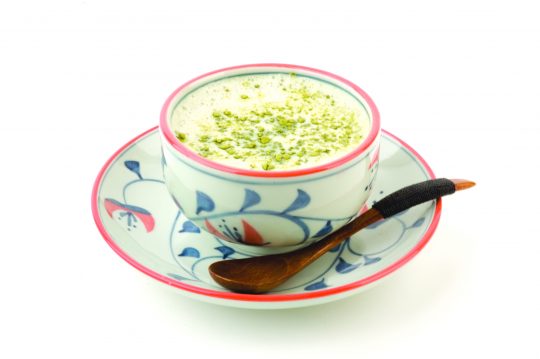 Style
Style
The Genmaicha Latte is a creamy, caffeinated drink ideal for latte lovers. It can be made with our special powdered Genmaicha sticks.
Teaware Needed
A Genmaicha latte can be prepared on stove-top or with the steamer of an espresso machine. Asian-style espresso cups are ideal for this presentation.
Preparation Recipe
Place three heaping scoops (or one Genmaicha stick packet) into a small amount (around a tablespoon) of hot water and whisk the powder into the water until it is dissolved. Add 8 oz milk (or non-dairy) to the dissolved Genmaicha powder. Bring to a boil once, or steam with espresso machine. Garnish with Genmaicha powder on top.
Sweetener options: vanilla, honey, cane sugar, stevia.
Flavor Profile
Energizing and creamy with a dry taste of fresh greens and toasted rice.
Click here to download the PDF Genmaicha Latte Brewing Guide
Iced Genmaicha Brewing Guide
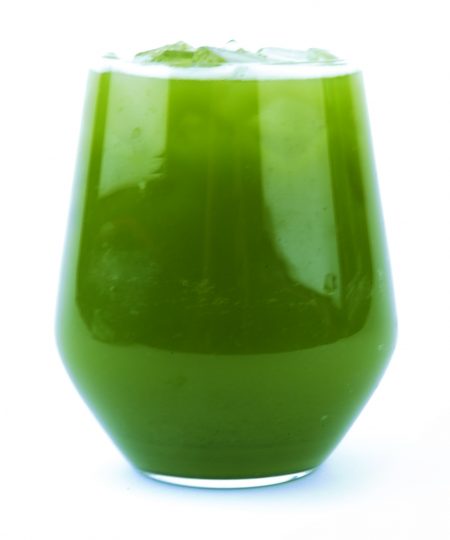 Style
Style
Ideal in summertime, for those craving an iced, natural, caffeinated and refreshing beverage.
Teaware Needed
Cocktail shaker, tea scoop.
Preparation Recipe
Place three scoops of Genmaicha powder (or 1 Genmaicha stick packet) into a cocktail shaker. Add a splash of hot water (approximately 2 oz) and swirl or whisk the Matcha and water together until the powder is dissolved. Fill the shaker half full with ice, then fill with room temperature water, shake well, and pour into a glass. Garnish with mint or ginger.
Sweetener options: honey, cane sugar, stevia.
Flavor Profile:
Toasty, sweet brown rice aroma and a smooth roasted flavor with a bright, grassy edge.
Click here to download the PDF Brewing guide for Genmaicha Iced Tea
Matcha Chai Brewing Guide
Style
Ideal for those who love both the rich spice combination of Indian chai, and the creamy, sweet, textured experience of drinking Matcha.
Teaware Needed
Small Ibrik (stove-top boiler), heat-resistant chai cups or tea glasses, matcha tea scoop.
Preparation Recipe
Place three heaping scoops of Matcha into a small amount (around a tablespoon) of hot water and whisk the powder into the water until it is dissolved. Add 8 oz milk (or non-dairy) to the dissolved matcha. Add chai spices of choice (cardamom, cloves, ginger, cinnamon). Bring to boil once, or steam with espresso machine. Add sweetener. Strain and serve. Garnish with any of the powdered spices.
Sweetener options: honey, cane sugar, stevia.
Flavor Profile:
Uplifting, warming mélange of sweet and spicy flavors.
Click here to download the PDF Brewing guide for Matcha Chai
Matcha Latte Brewing Guide
Style
Creamy — Ideal for latte lovers.
Teaware Needed
A Matcha latte can be prepared stove-top or with the steamer of an espresso machine. Asian-style espresso cups are ideal for this presentation.
Preparation Recipe
Add about 1.5 teaspoons (or 3 heaping scoops if using a chashaku) to a small amount of hot water (around a tablespoon) and whisk the powder into the water until it is dissolved.
You can then prepare the beverage like an espresso latte (steam around 8 ounces of milk and pour over the matcha), or you can add your milk directly to the matcha and heat over the stove, bringing to a boil once and then removing from the heat.
Garnish with Matcha powder on top.
Sweetener options: vanilla, honey, cane sugar, stevia.
Flavor Profile
Energizing, creamy, dry taste of fresh greens.
Iced Matcha Brewing Guide
 Style
Style
Ideal in summertime, for those craving an iced, natural, caffeinated and refreshing beverage.
Teaware Needed
Cocktail shaker, tea scoop.
Preparation Recipe
Place three scoops of Matcha into a cocktail shaker. Add a splash of hot water (approximately 2 oz) and swirl or whisk the Matcha and water together until the powder is dissolved. Fill the shaker half full with ice, then fill with room temperature water, shake well, and pour into a glass. Garnish with mint or ginger.
This can also be done with our special Genmaicha Powder.
Sweetener options: honey, cane sugar, stevia.
Flavor Profile:
Refreshing and cooling with full, rounded, dry texture.
Click here to download the PDF for ‘Iced Matcha Brewing Guide’
Traditional Matcha Brewing Style
Style
Although the traditional Matcha style has its origins in the elaborate Japanese tea ceremony, a simplified presentation creates a memorable experience for the tea drinker.
Teaware Needed
The Matcha bowl, or Chawan, is used to prepare and drink Matcha. We offer several different kinds of handmade, 12 oz Matcha bowls from Tokoname, Japan.
The curved portion of the tea scoop, or Chashaku, is used to scoop tea from the Natsume. The Chashaku that we sell is made from black bamboo; often, more elaborate and decorative Chashakus will be used in ceremonies.
The bamboo whisk, or Chasen, is used to dissolve Matcha in water. Many types of Chasen can be found in various colors and thickness. The highest quality whisks are made by hand, including the detailed work of curling thin strands of bamboo.
Preparation
Use 3 scoops of Matcha for 8 ounces of filtered water at 160 F. Press on the tea powder gently, use the whisk with a fast, sideways motion, and bring to a froth.
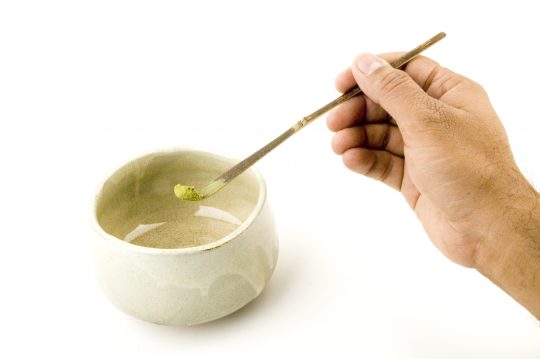
Variants
Usucha, or thin tea, is prepared with half a teaspoon of Matcha and approximately 75 ml (2.5 oz) of hot water, which can be whisked to produce froth or not, according to the drinker’s preference (or to the traditions of the particular school of tea). Usucha creates a lighter and slightly more bitter tea.
Koicha, or thick tea, requires significantly more Matcha, as many as six teaspoons, and up to 3/4 cup of water. Because the resulting mixture is significantly thicker, blending it requires a slower stirring motion which does not produce foam. Koicha produces a sweeter tea, and is served almost exclusively as part of Japanese tea ceremonies.
Flavor Profile:
Sweet, creamy, and buttery with a rich oceanic taste.
Click here to download the PDF Brewing guide for Traditional Style Matcha
What is Matcha?
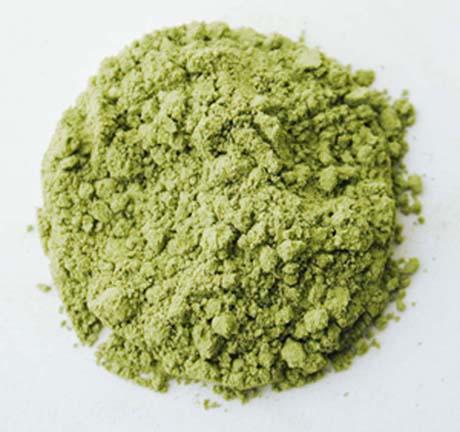 Ceremonial Cup
Ceremonial Cup
Known as “Powdered Green Tea,” Matcha has traditionally been used in “Chanoyu” — the Japanese Tea Ceremony. A cup of Matcha brings about mental concentration, emotional stability, and composure of the mind. It is said that a person operating within the rules of Chanoyu finds the five senses working at their fullest.
Health Balance
Unlike other teas whose leaves are infused in water and discarded, Matcha is ingested to obtain many essential ingredients that can be utilized fully to activate the organic functions of the human body. It is a beverage good for both the mind and the body.
Nutrient & Antioxidant Rich
Matcha contains essential vitamins and minerals and has shown long-term health benefits due to its many disease-fighting nutrients. It is very high in its antioxidant properties. Matcha has 9 times the beta carotene of spinach, 4 times that of carrots, and approximately 10 times the polyphenols and antioxidants of regular teas.
| Matcha (10g) | Black Tea (10g) | Coffee (10g) | |
|---|---|---|---|
| Caffeine | 0.3 g | 0.06 g | 0.06 g |
| Polyphenol (tannin) | 1.0 g | 0.2 g | 0.25 g |
| Protein | 3.1 g | 0.2 g | 0.2 g |
| Fiber | 3.9 g | - | - |
| Calcium | 42 mg | 2 mg | 2 mg |
| Iron | 1.7 g | - | - |
| Potassium | 270 mg | 16 mg | 65 mg |
| Vitamin A | 480 ug | - | - |
| Vitamin B1 | 0.06 mg | - | - |
| Vitamin B2 | 0.14 mg | 0.02 mg | 0.01 mg |
| Vitamin C | 6 mg | - | - |
| Carotene | 2900 ug | - | - |
Matcha: An Ancient Tradition
Shade Grown
In making Matcha, the tea plants are covered with bamboo mats in the last few weeks of their growing season to promote full flavor.
Powdered Art
After the leaves are plucked, they are immediately steamed to spread the chlorophyll throughout the leaves and to stop any oxidation. The leaves are then dried and rapidly cooled. The resulting dried product is called rough tea, or Aracha. Aracha is then cut into small pieces, and the twigs, veins, and stems are removed. The leaves are dried again, and the resulting product is known as Tencha. Tencha is ground by stone mills in a climate-controlled, clean room to produce Matcha. A single mill can only process 40 grams of leaves per hour.
Traditional Matcha Preparation
Matcha is traditionally prepared with a bamboo whisk in a bowl. As part of the Japanese tea ceremony, there is an elaborate process that utilizes various utensils to make a bowl of Matcha. Click here for more on traditional Matcha preparation.
Modern Matcha Specialty Drinks & Uses
Matcha can easily be prepared in a variety of hot or iced drinks, shakes, and smoothies. Matcha can also be used as an ingredient for sauces, dressings, desserts, ice cream, chocolate, and toppings.
Flavor Profile
Matcha has a sweet, creamy, buttery, and rich oceanic taste.
100% Organic – Directly from the Tea Farm
We directly import our Matcha from one of the oldest certified organic Matcha manufacturers in Japan. Freshness is ensured with quality packaging and climate-controlled storage.
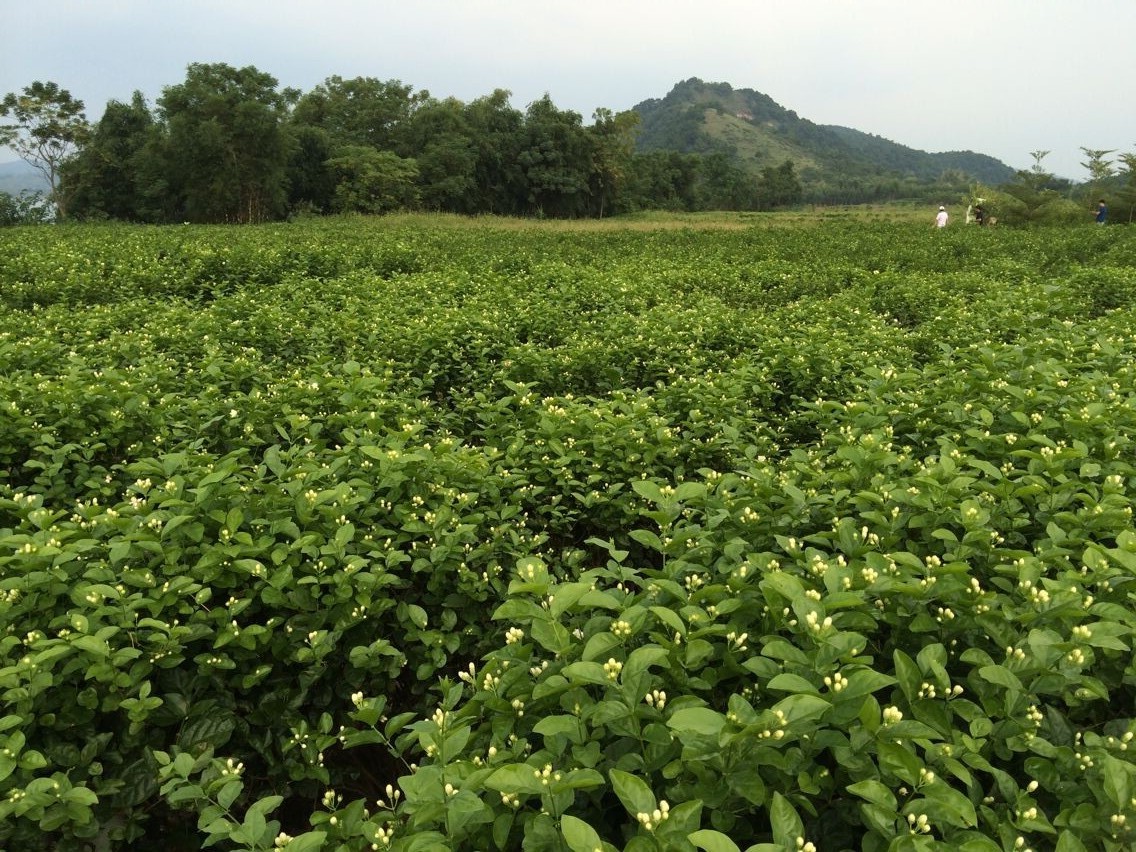
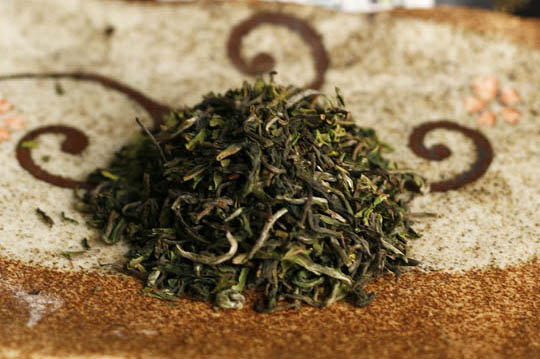
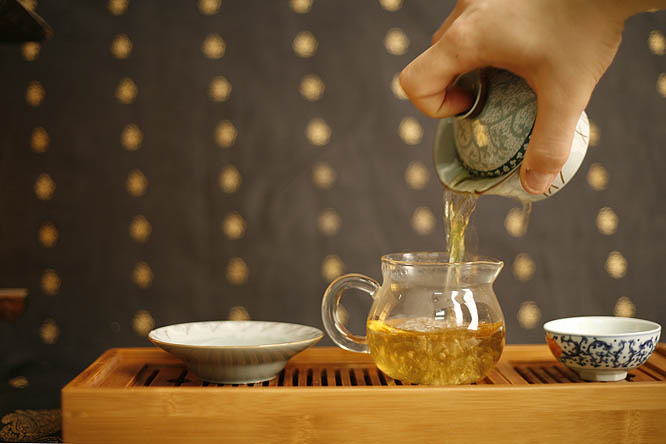
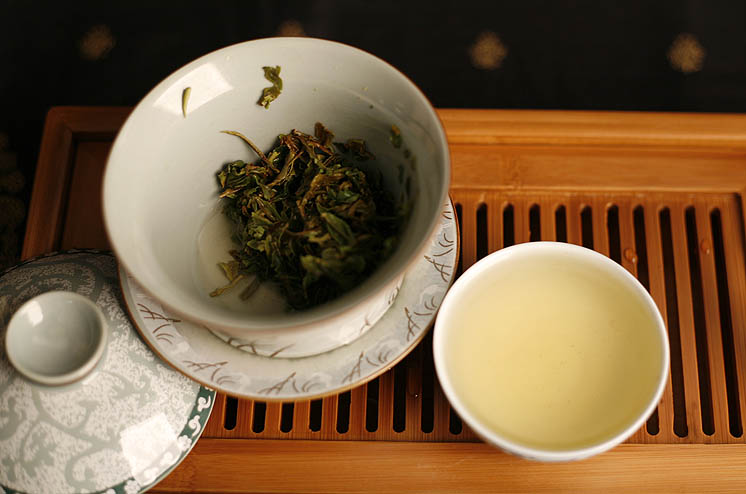


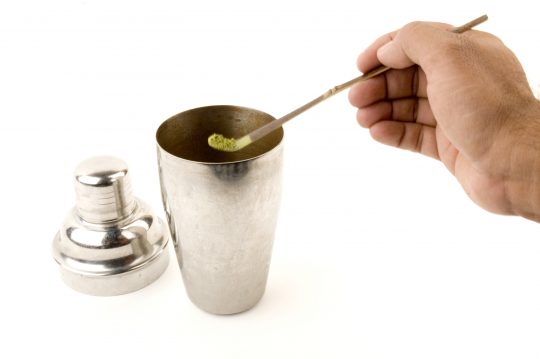
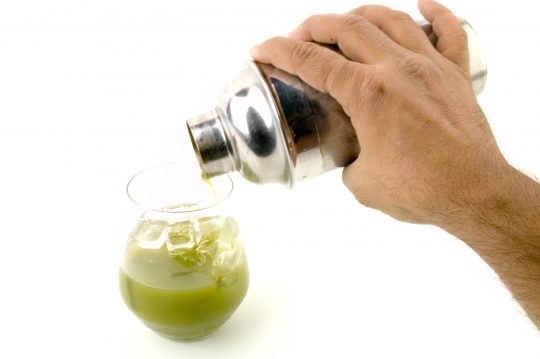
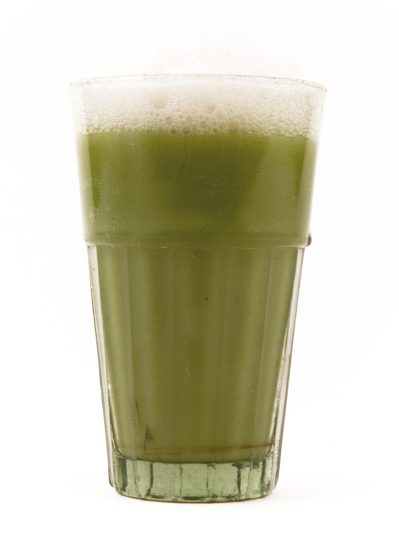
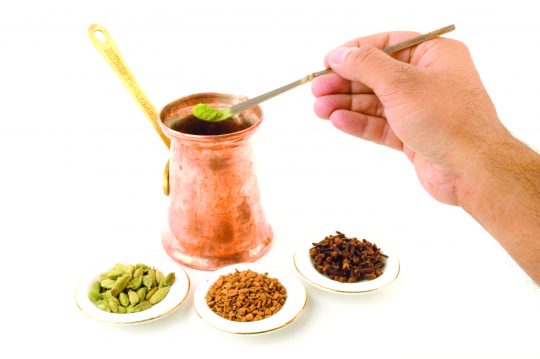
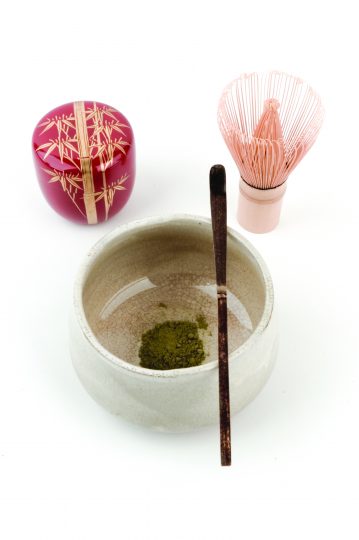



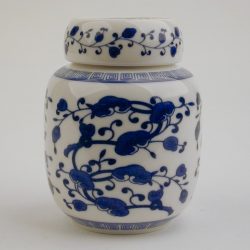


 Ceremonial Cup
Ceremonial Cup